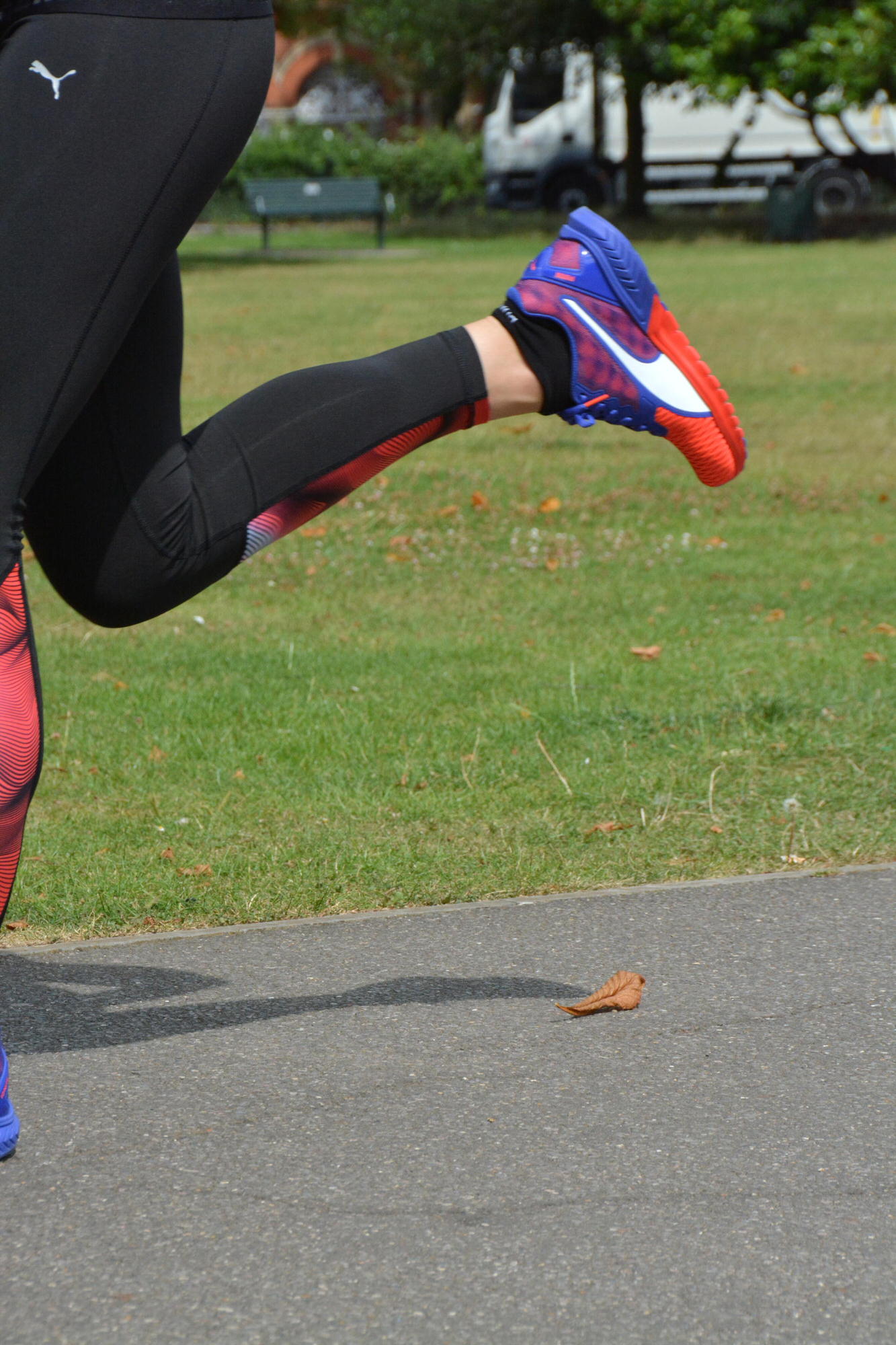My shins are tight AF. Always.
And I’m often on the verge of getting shin splints.
As you know, I’ve been working with Function 360 Physiotherapy to help stay fit and uninjured for the Tokyo marathon (and it worked!). I ran a 5 min + PB and didn’t pick up any niggles during the 16 week training cycle. (P.S you can use the code F360CW for a discount on your first session!)
However, despite the regular sports massages, mobility and physio, my calves are always tight.
During a recent discussion with physio Jordane, she mentioned that she thought I might need to add in calf strengthening workouts to my routine. The opposite of what I thought I should be doing.
What are Shin Splints?
Shin splints is a general term used to describe exercise-induced pain in the front of the lower legs, or shins.
Pain can usually be felt during or after activity, such as running, or sports with a lot of stop/start action like tennis and netball.
The pain is felt along the shin bone (tibia), which runs down the inner part of your shin. At first you will feel a dull, aching pain. If you ignore it and continue to exercise, it can become very painful and you may have to stop exercising altogether.
What to do if you have Shin Splints?
Don’t ignore the pain or run through it. Shin pain can be a sign of injury to the bone and the surrounding muscle and tissue, and running through it can make it worse.
-Ice your shin
-Stretch your calves and/or achilles
-Try this shin stretch from Runner’s World – Kneel on a carpeted floor, legs and feet together and toes pointed directly back. Then slowly sit back onto your calves and heels, pushing your ankles into the floor until you feel tension in the muscles of your shin. Hold for 10 to 12 seconds, relax and repeat.
-Pretty much the only thing that works for me though is dry-needling/accupuncture in my shins and calves (I get this done at F360, make sure your physio is accredited to do this!. I find this combined with regular massage and foam rolling gets into the massive knots in my calf and shin easing the tension and pain. Find out more about my experience with dry needling here.
-Cross-train – swimming, cycling, or pool running
-Slowly increase your mileage – 10% weekly until you’re back up to distance.
How to you avoid Shin Splints?
Apparently 30-40% of new runners will experience shin pain at some point, and those most likely to get shin splints are people in their first 5 years of running. Bummer, right. Here’s how you can try to avoid them;
-Strengthening those calves! This is a new one to me but Jordane explained that calf strengthening can work as both treatment and prevention for those who commonly get shin pain, as the muscles are stronger to deal with higher impact. Single leg calf-raises and toe lifts are a good place to start.
– It’s also worth strengthening your ankles, hips and feet to help prevent shin pain; toe curls, one legged bridges and monster walks. Check out this Runner’s World article for more info.
-Ensure you warm up properly, stretch and work out in the gym to improve your running mechanics, focusing particularly on your ankles, hips, glutes and core.
-Get the right trainers for your gait with enough cushioning if you’re a heel striker (like me), and replace your shoes every 300-500 miles.
-Look at your cadence and stride pattern, over striding can force more impact through the heel.
-Increase your mileage by 10% per week maximum, gradually increase intensity and frequency, allowing proper rest between workouts.
-Try to avoid running all your miles on the road, switch some over to a track, trail, grass or even a treadmill for a softer surface and less impact on your legs.
-Have regular sports massages, and book a physio session if anything feels ‘off’ before it becomes full blown shin splints. (Londoners, use the code F360CW for 15% off at Function 360 Physiotherapy in Moorgate!)



Good post! In my experience, shin splints come from doing too much running too soon and possibly too heavy with foot strikes. A useful way to avoid them is to leave a day between runs, increase mileage gradually as you say and also try lifting your knees more or being lighter with your foot strikes. Less time spent on the floor can reduce many lower leg niggles in running as well as help you become faster while using less effort ?
Very helpful post which cropped up just at the right time as I’ve been experiencing some discomfort (Pain!) in my shin over the last week 🙂 Thanks for sharing your tips. Hope your niggle does the decent thing and toddles off quickly.
I suffered from these whilst training for London earlier this year. I went from running 3 times a week to 5 or 6 times, quite suddenly. I also used to heel strike. With the help of advent running, whose training plan I was following at the time, I ended up changing my running gait to mid foot/ forefoot strike and it completely revolutionised my running! I gave Ash a demo the other day as he did a bit of running on holiday (but not with me lol) and he got shin splints, it felt so weird trying to run with a heel strike! The only thing is it can take a bit of time, and my calves were in absolute agony whilst they got used to the change. Hope yours gets better soon and don’t cause you any further problems! Hope your training is going well 🙂
I recently had to stop running as I was experiencing exactly this – but I never knew it was a common thing! Thanks for sharing Charlie, I’m going to try those exercises and taking it easier for a while.
Besma | Curiously Conscious